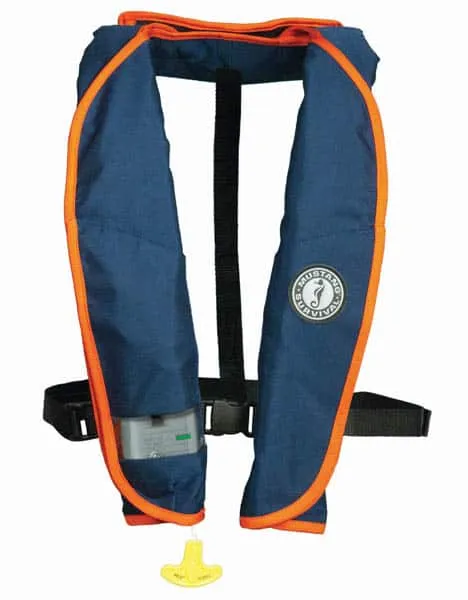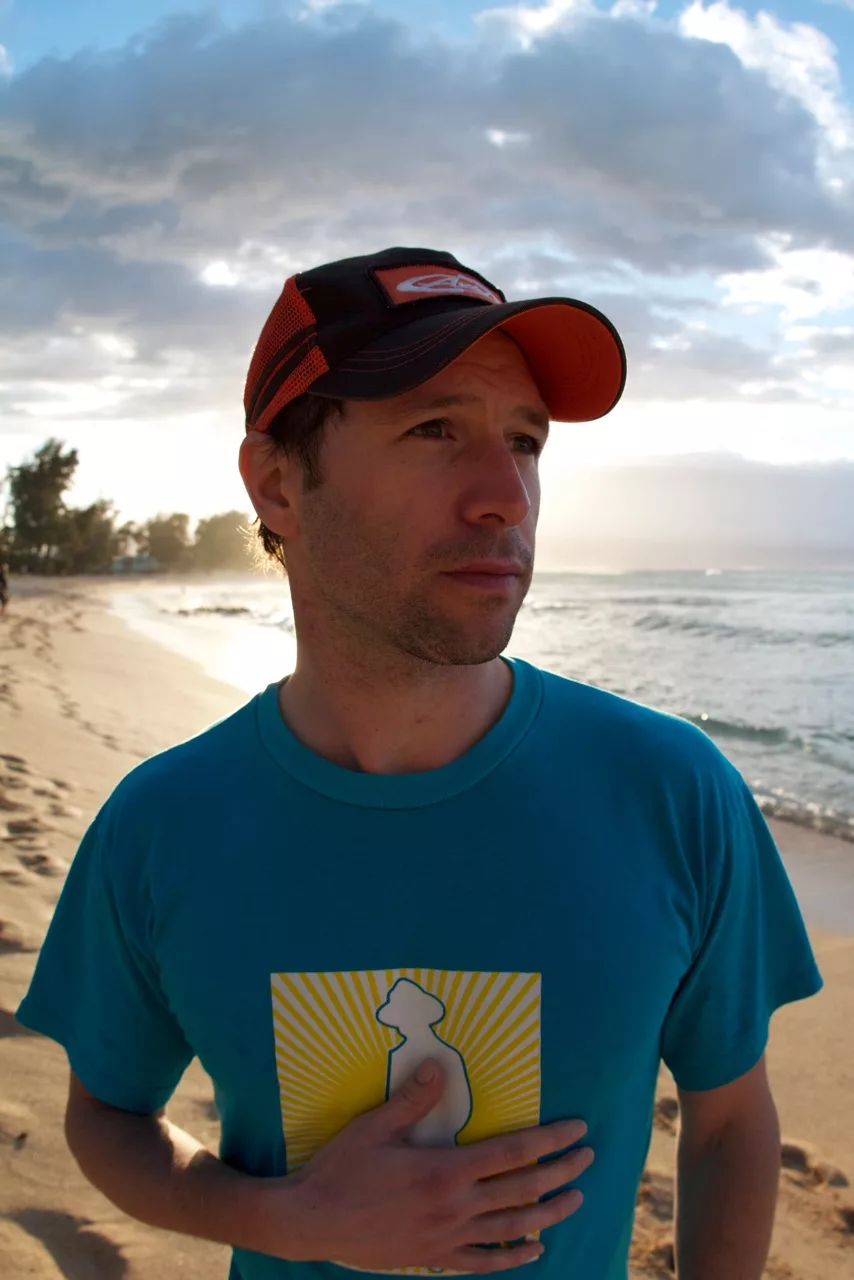Mustang’s Golden Anniversary and a Brief History of Water Safety

Water and cold are a miserable pair, killing humans for as long as we’ve walked the Earth.
On average, 473 Canadians drown every year, while another 8,000 die of hypothermia. And those numbers are improvements, thanks to companies like Mustang Survival.
If you’ve ever worn a personal floatation device (PFD) or lifejacket, you’ve probably donned one with Mustang Survival’s sea horse emblem. The leading water survival gear manufacturer, based in Burnaby, British Columbia, turned 50 this year.
To celebrate their golden anniversary—and in preparation for the cold and wet to come—we’ve amassed a timeline of important moments in staying alive around the water.
2,000 BCE: Pre-Dorset people sew watertight suits made of seal skin or gut for use while kayaking.
1854: Other preservers probably existed before, but most historians credit a captain in the Royal National Lifeboat Institution of the United Kingdom for inventing the “lifejacket.” The first ones used cork.
1886: The term “hypothermia,” when the body temperature falls below 35 degrees Celsius, first appears in scientific literature—though the idea was initially studied by British physician James Currie in the 1700s.
1928: Fighter pilots begin wearing the “Mae West,” so-called because when inflated the life preserver made the men look as… well… chesty as the Hollywood actress.

1967: Irv Davies starts Mustang Survival in Vancouver’s Gastown. Setting out to build a winter coat, he discovers the closed-cell foam used in lifejackets works as insulation as well. The first Floater Coat, a combo life-preserver and jacket, is born, and soon becomes the uniform of cold-water fishermen and sailors.
1971: In his hypothermia research, John Hayward, a physiologist at the University of Victoria in British Columbia, sets the accepted precedent in the field by using himself as a lab rat and lowering his own body temperature to 34 degrees Celsius.

1977: Working with John Hayward and other researchers at the University of Victoria, Mustang launches the Thermofloat Coat. The improved Floater Coat focuses heat retention where Hayward’s studies say it’s needed most.
1985: Gerry Bristow and Gordon Giesbrecht, leading researchers at the University of Manitoba, plunge their core temperatures to 30 degrees and warm up unscathed. The university gives them the green light to drop volunteers’ body temperatures to 33 degrees for future studies. People line up to be guinea pigs.

1995: After a review of the NASA Space Shuttle Challenger accident, the U.S. space agency contracts Mustang Survival to develop self-inflatable vests for the astronaut suits. This program eventually leads to automatic-inflatable PFDs and lifejackets for all kinds of purposes.
1997: If wearing a lifejacket, you’ll stay alive longer in cold water if you float in the fetal position than if you swim. That’s the findings of studies comparing the way the body loses heat in water below 15 degrees Celsius.
2004: Mustang releases its first C02 cartridge-inflatable lifejacket for recreation, including the belts favoured by stand-up paddleboarders and other fitness paddlers.
2004: Manitoba’s Gordon Giesbrecht releases research showing that most cold-water deaths are not due to hypothermia, but the body’s response to cold-water immersion. He develops the 1-10-1 Principal: you have ONE minute to get control of breathing, 10 minutes of meaningful movement and ONE hour before hypothermia sets in.
2010: Challenging the gospel of rip-current survival, a U.S. Navy oceanographer’s research suggests relaxing instead. Rather than try to swim parallel to shore to escape the current flowing out to sea, the new research says that most rip currents cycle back to shore within a few minutes.

2011: Mustang collaborates with pro surfer Shane Dorian and wetsuit manufacturer Billabong to build an inflatable vest into a surfing wetsuit to help with flotation in big wave situations.
2015: Learning that 10 per cent of drownings occur in vehicles, Gordon Giesbrecht develops another public safety protocol, Automobile Submersion: Lessons in Vehicle Escape. The system breaks down to four words: Seatbelts off; Windows open; Children released from their constraints; Out.
2017: Mustang Survival turns 50.
Related Content:
8 Essential Cold-Weather Skills You Need to Know















